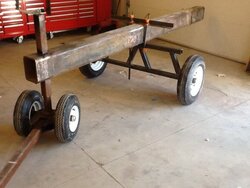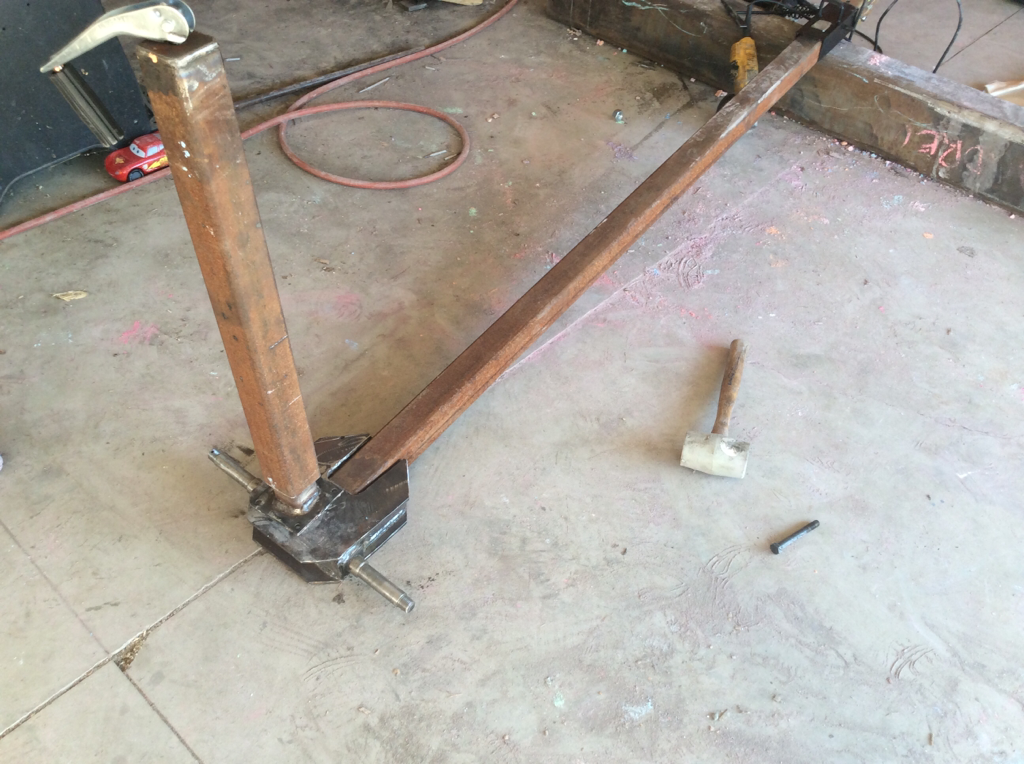I am used to a MTD 25 ton splitter, which I can move around by myself without much trouble. I want to build something with an 8 to 9 second cycle time, a 5 inch cylinder, and a 28 gpm pump. Probably going to go with a Honda GX690, 20+ gallons of hydraulic fluid, a log lift, and a wedge lift. Essentially, something like the Timberwolf TW-6.
My main concern is whether I will be able to move this thing around under human power, or if I am going to need an ATV or truck to get it where I want it in somebody's yard. I could rig up a harness from a deer stand harness that I could use to help pull it, if need be, but would prefer not to.
My main concern is whether I will be able to move this thing around under human power, or if I am going to need an ATV or truck to get it where I want it in somebody's yard. I could rig up a harness from a deer stand harness that I could use to help pull it, if need be, but would prefer not to.



